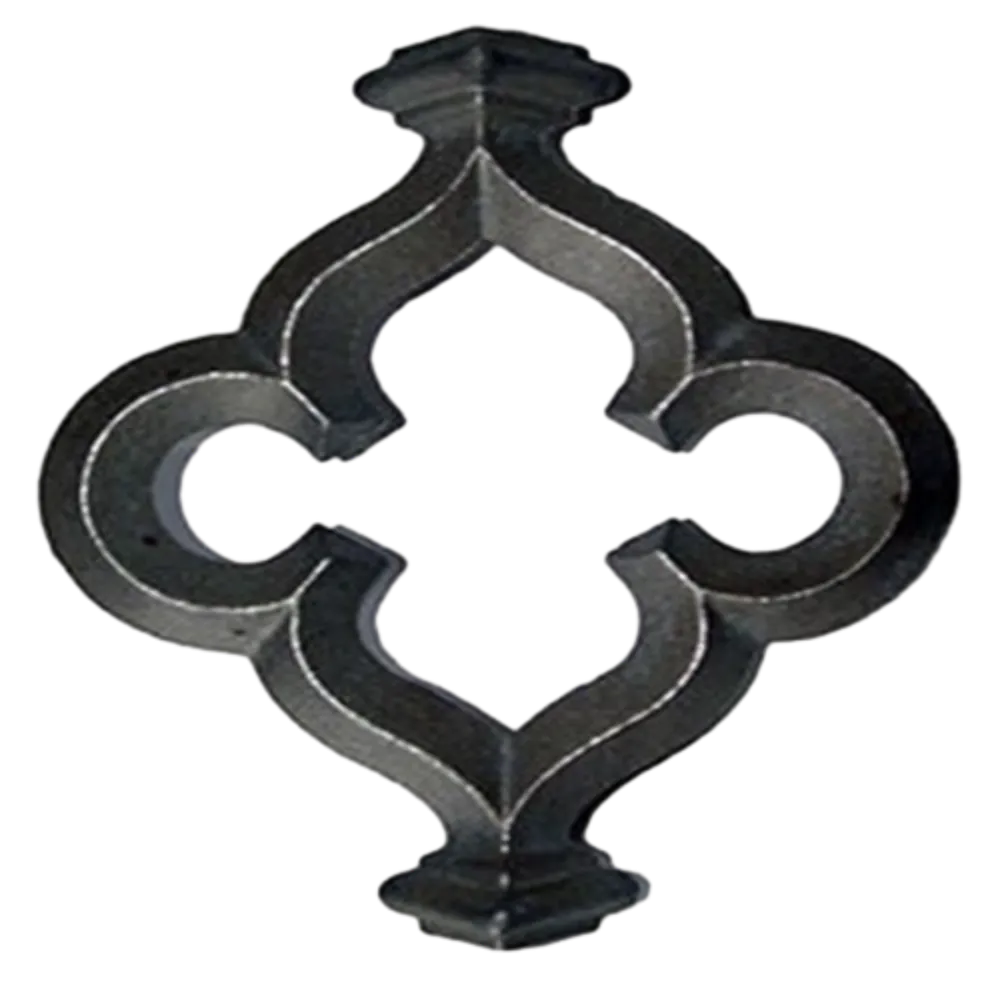Elegant Steel Designs for Modern Architecture and Decorative Elements
The Allure and Functionality of Ornamental Steel
Ornamental steel has become a prominent choice in the world of architecture and design, blending strength and beauty in a way that few materials can. This unique form of steel is not only a testament to modern engineering but also a canvas for artistic expression. As cities evolve and trends shift, the role of ornamental steel grows ever more significant, providing elegance and durability to a diverse array of structures.
Historical Context
The use of ornamental steel dates back to the Industrial Revolution when advancements in metalworking allowed for intricate designs that were once unimaginable. Ornamental ironwork graced the facades of buildings and bridges, with artisans crafting elaborate railings, gates, and architectural details. The shift from iron to steel in the 19th century paved the way for even more complex designs, as steel offered greater strength and flexibility. Today, ornamental steel is celebrated for its versatility and capacity to enhance both the aesthetic and functional aspects of structures.
Design Versatility
One of the most compelling features of ornamental steel is its design versatility. It can be manipulated into various shapes and forms, allowing architects and designers to push the boundaries of creativity. Whether it’s a sweeping staircase, a decorative balcony, or a stunning entrance gate, ornamental steel can be tailored to fit myriad styles, from modern minimalism to classic elegance. Techniques such as forging, casting, and CNC machining enable the intricate detailing that characterizes high-quality ornamental steel.
Moreover, steel can be treated and finished in numerous ways. Powder coating, galvanizing, and patina applications allow for a range of colors and textures, ensuring that ornamental steel harmonizes with its environment. This adaptability makes it a popular choice for both residential and commercial projects, as it can complement surrounding materials like wood, stone, and glass.
Durability and Maintenance
ornamental steel

Ornamental steel is not only aesthetically appealing; it is also known for its durability and low maintenance requirements. Unlike other materials that may suffer from rot, warping, or fading, ornamental steel is resistant to the elements. High-quality steel can withstand harsh weather conditions, making it suitable for outdoor applications such as fences, gates, and garden structures.
Routine maintenance often involves little more than periodic cleaning and inspection for rust. For added protection, many ornamental steel elements are treated with protective coatings that enhance their longevity. This durability makes the initial investment worthwhile, as ornamental steel installations can last for decades with minimal upkeep.
Sustainability Considerations
As the world becomes more environmentally conscious, ornamental steel is also perceived as a sustainable choice among building materials. Steel is highly recyclable, meaning that it can be repurposed without losing its quality. Many manufacturers adhere to sustainable practices, providing products made from recycled materials, thus reducing the overall carbon footprint associated with construction.
Additionally, the energy efficiency of buildings incorporating steel is worth noting. Steel frames and accents can contribute to better insulation and energy savings, which is critical in today's eco-friendly design landscape.
Conclusion
In summary, ornamental steel stands out as a majestic component in modern architecture and design. It encapsulates the perfect blend of aesthetic appeal, durability, and sustainability. As architects and designers continue to explore new ways to integrate this versatile material into their work, ornamental steel will undoubtedly remain a timeless choice that marries beauty with resilience. Whether gracing a grand entrance or enhancing a humble garden, ornamental steel is more than just a building material—it is an enduring symbol of artistry and strength.
-
Wrought Iron Components: Timeless Elegance and Structural StrengthNewsJul.28,2025
-
Window Hardware Essentials: Rollers, Handles, and Locking SolutionsNewsJul.28,2025
-
Small Agricultural Processing Machines: Corn Threshers, Cassava Chippers, Grain Peelers & Chaff CuttersNewsJul.28,2025
-
Sliding Rollers: Smooth, Silent, and Built to LastNewsJul.28,2025
-
Cast Iron Stoves: Timeless Heating with Modern EfficiencyNewsJul.28,2025
-
Cast Iron Pipe and Fitting: Durable, Fire-Resistant Solutions for Plumbing and DrainageNewsJul.28,2025
-
 Wrought Iron Components: Timeless Elegance and Structural StrengthJul-28-2025Wrought Iron Components: Timeless Elegance and Structural Strength
Wrought Iron Components: Timeless Elegance and Structural StrengthJul-28-2025Wrought Iron Components: Timeless Elegance and Structural Strength -
 Window Hardware Essentials: Rollers, Handles, and Locking SolutionsJul-28-2025Window Hardware Essentials: Rollers, Handles, and Locking Solutions
Window Hardware Essentials: Rollers, Handles, and Locking SolutionsJul-28-2025Window Hardware Essentials: Rollers, Handles, and Locking Solutions -
 Small Agricultural Processing Machines: Corn Threshers, Cassava Chippers, Grain Peelers & Chaff CuttersJul-28-2025Small Agricultural Processing Machines: Corn Threshers, Cassava Chippers, Grain Peelers & Chaff Cutters
Small Agricultural Processing Machines: Corn Threshers, Cassava Chippers, Grain Peelers & Chaff CuttersJul-28-2025Small Agricultural Processing Machines: Corn Threshers, Cassava Chippers, Grain Peelers & Chaff Cutters












